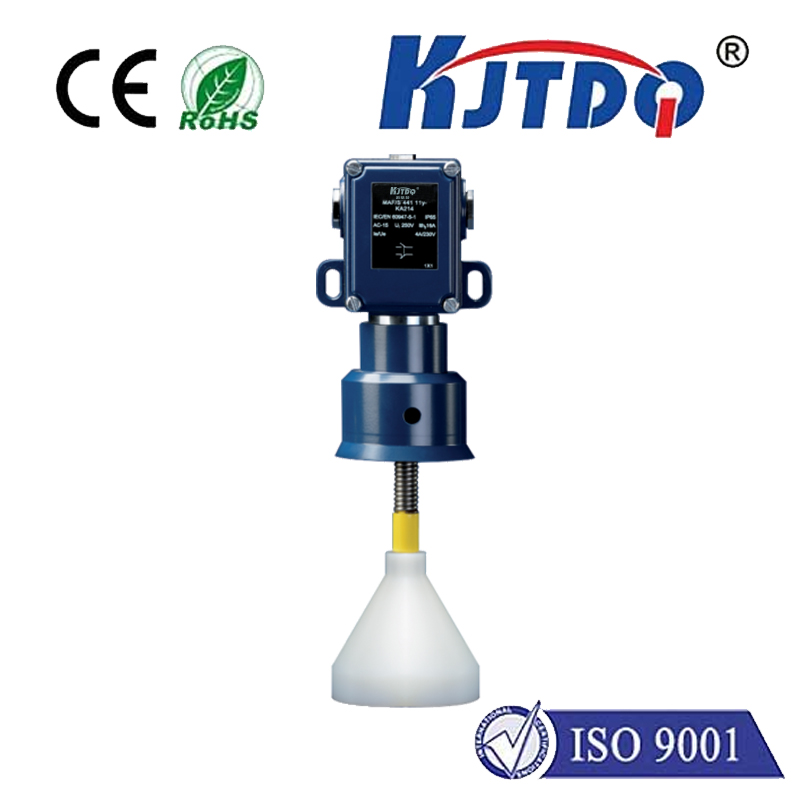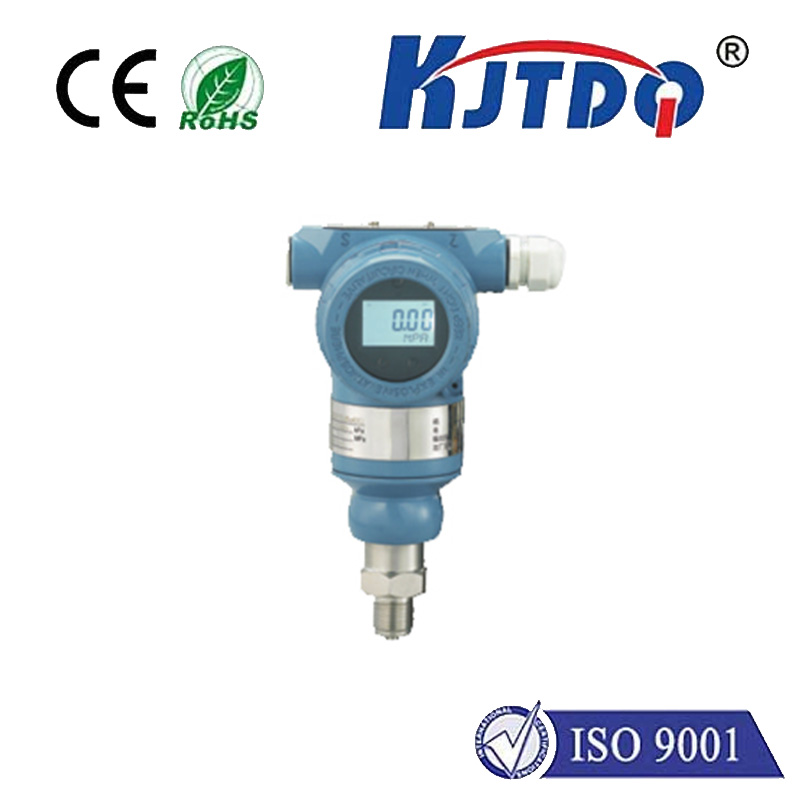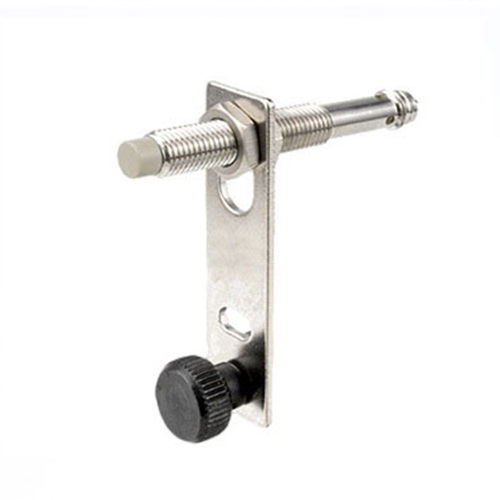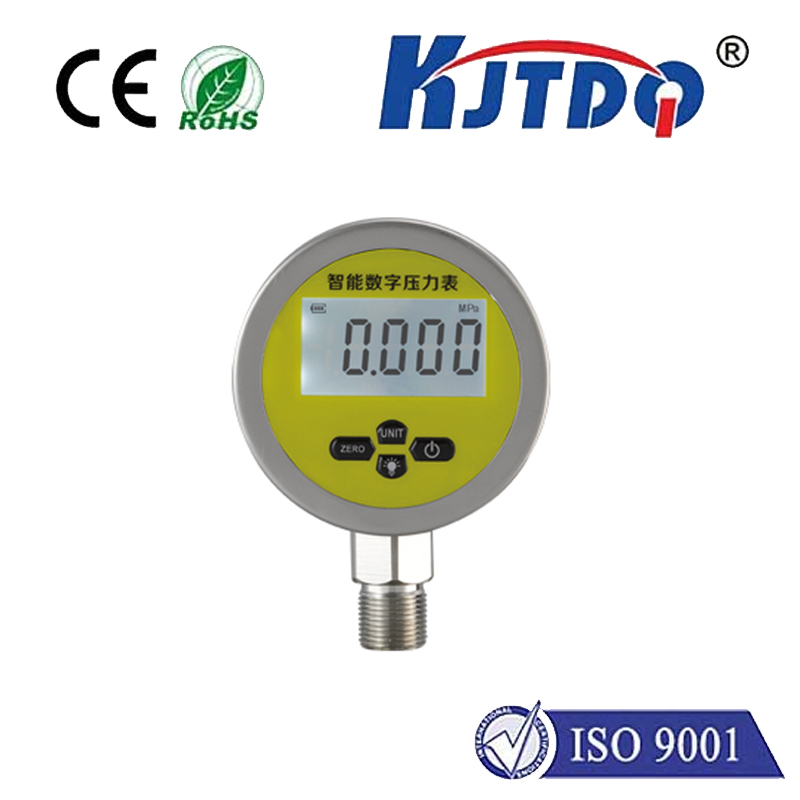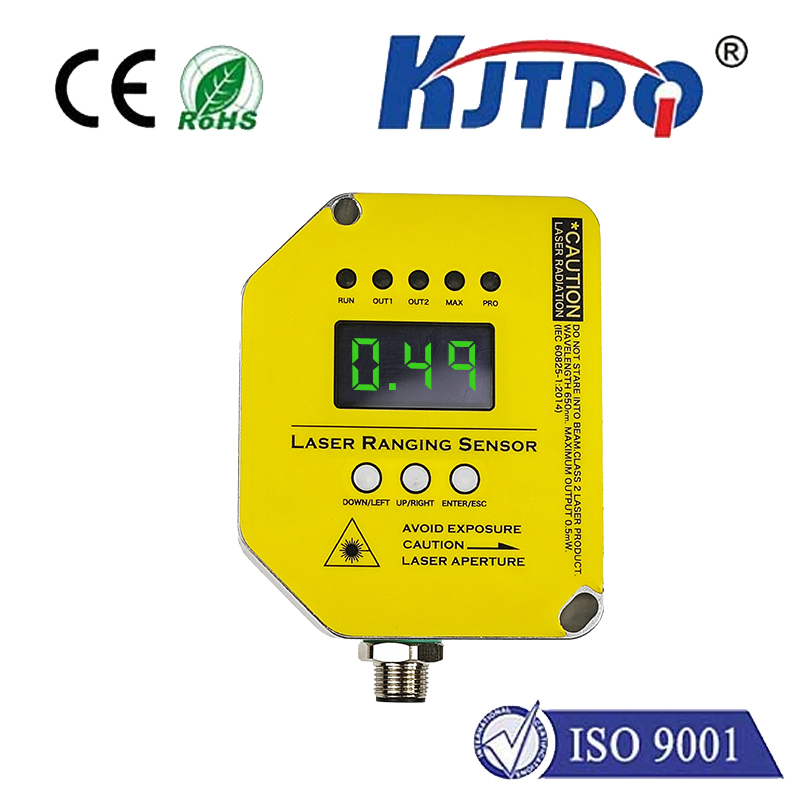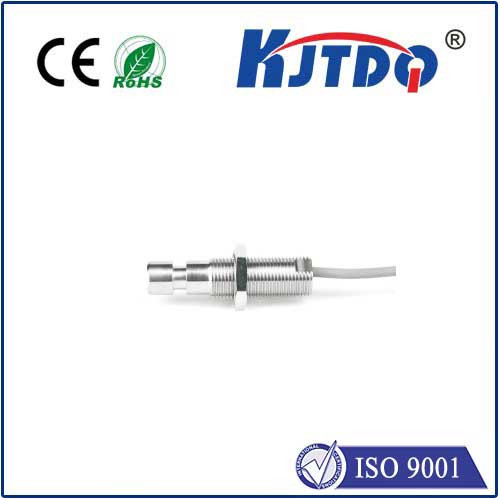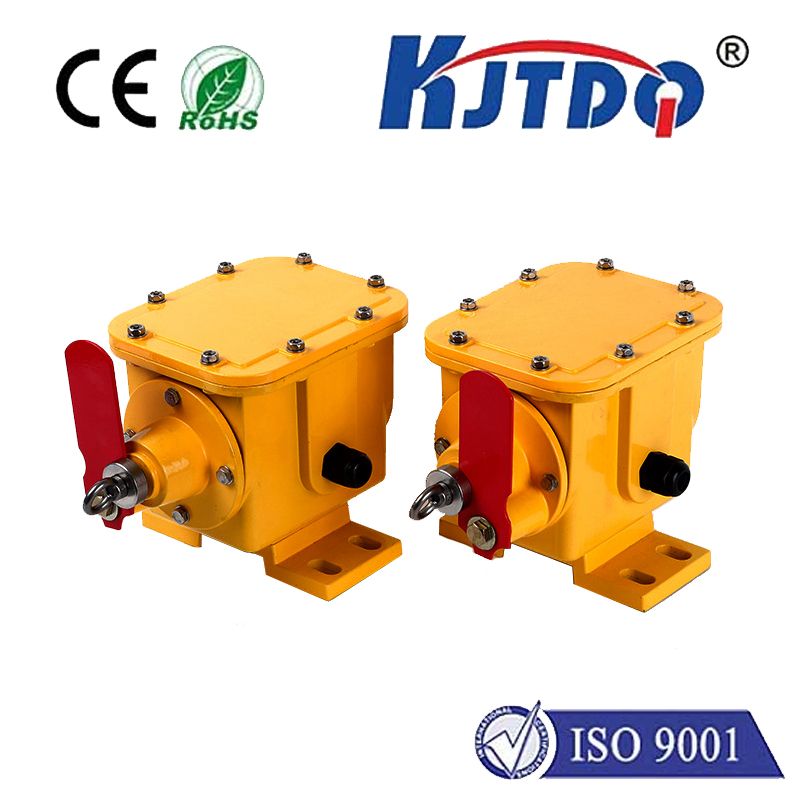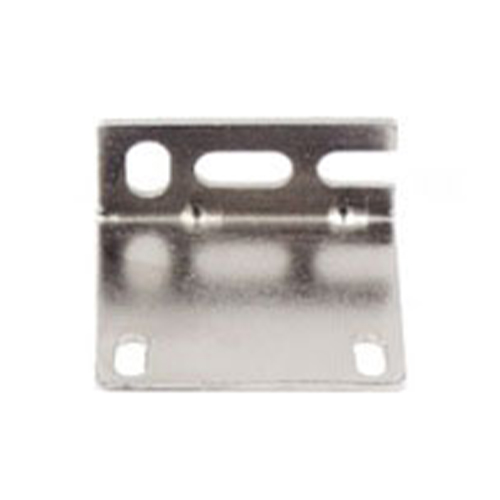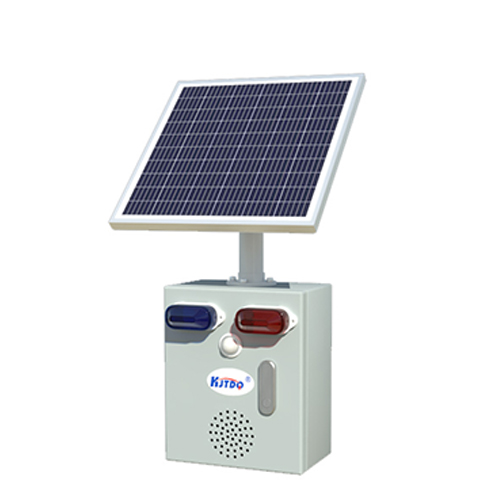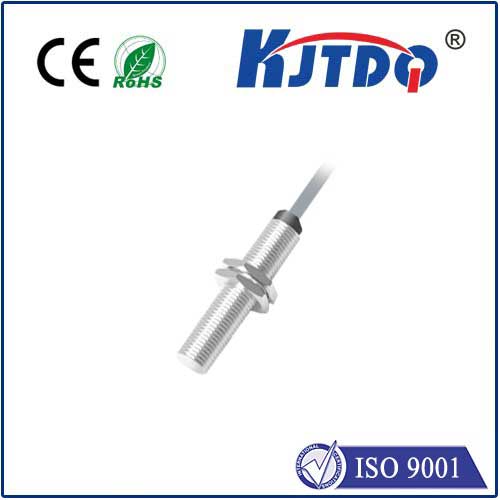

check

check

check

check

check

check

check

check

check

check
In the bustling world of modern factories and smart warehouses, every second counts—imagine a conveyor belt humming with packages, or a robotic arm deftly assembling components. Yet, without reliable sensors to “see” and react to objects, operations could grind to a halt. That’s where the E3FC-DN15 2M reflective photoelectric beam sensor steps in, serving as an unsung hero in automation. This compact device, with its precise 2-meter range, embodies innovation in industrial sensing, enabling seamless object detection and boosting efficiency like never before. As industries shift toward smarter, connected systems, understanding this sensor is key to unlocking higher productivity and safety standards. Let’s explore how this technology works, its standout features, and why it’s becoming a go-to solution for engineers worldwide.
First, what exactly is a reflective photoelectric beam sensor? At its core, this type of sensor uses light-based technology to detect objects without physical contact. It emits an infrared or visible light beam from a single unit; if an object interrupts or reflects this beam back to the sensor, it triggers a signal. This contrasts with through-beam sensors that require a separate receiver, making reflective models more versatile for confined spaces. The E3FC-DN15 specifically shines in this category due to its compact design and 2M (2-meter) detection range. Built by leading manufacturers, it excels in environments where dust, moisture, or variable lighting might challenge other sensors. For instance, in packaging lines, it can count products as they pass by, reducing errors and minimizing downtime—crucial for maintaining high throughput in fast-paced settings.

Diving deeper, the E3FC-DN15 isn’t just another sensor; it’s engineered with cutting-edge features that set it apart. Its reflective photoelectric setup means all components—emitter and receiver—are housed in one robust unit. This simplifies installation, as users don’t need precise alignment or multiple parts, saving time and costs on setup. The 2M range allows it to cover moderate distances efficiently, making it ideal for applications like door control systems in warehouses, where it detects personnel or vehicles entering restricted zones. Moreover, it operates on a low 12-24 V DC voltage, ensuring energy efficiency without compromising performance. Key advantages include a high IP67 rating for dust and water resistance, allowing reliable operation in harsh conditions like outdoor loading docks or humid production areas. In practical terms, this sensor’s quick response time—often under 1 millisecond—ensures real-time detection, preventing jams in assembly lines. Compared to ultrasonic or capacitive sensors, the E3FC-DN15 offers superior accuracy with minimal false triggers, thanks to its focused beam technology. This translates to reduced maintenance needs and lower total ownership costs over time.
In the competitive landscape of industrial automation, the photoelectric sensor, particularly the reflective beam type, plays a transformative role. For example, in logistics hubs, the E3FC-DN15 can monitor inventory movement on shelves, triggering alerts for restocking or preventing collisions in automated guided vehicles (AGVs). Safety is another critical area; it integrates seamlessly with guard systems to halt machinery if a worker strays too close, reinforcing workplace safety protocols. The sensor’s versatility extends to other sectors, too. Consider a food processing plant: here, it detects packaging seals on conveyor belts, ensuring products pass quality checks before shipping. Or in automotive manufacturing, where it verifies component placement in robotic arms, preventing costly reworks. Real-world applications often leverage its compact form to fit into tight spaces, such as within machinery housings, without obstructing workflows. By choosing the E3FC-DN15, industries gain not just detection capabilities but also scalable solutions that adapt to evolving demands, like Industry 4.0 connectivity for data-driven insights.
To maximize effectiveness with the reflective photoelectric beam sensor, proper positioning and calibration are vital. Place it strategically to avoid obstructions like glare or reflective surfaces that could cause interference. For instance, in sunny outdoor settings, the E3FC-DN15’s built-in modulation technology filters out ambient light, ensuring stable operation. Maintenance is straightforward—regular cleaning of the lens prevents buildup from dust or grime, extending the device’s lifespan. For those new to this technology, experimenting with the sensor’s settings, like sensitivity adjustments, helps optimize performance. Ultimately, this sensor empowers businesses to achieve higher operational efficiency while meeting stringent industry standards, all within a budget-friendly framework. As automation advances, the E3FC-DN15 2M model stands as a testament to how smart sensing can drive the future of precision engineering.
